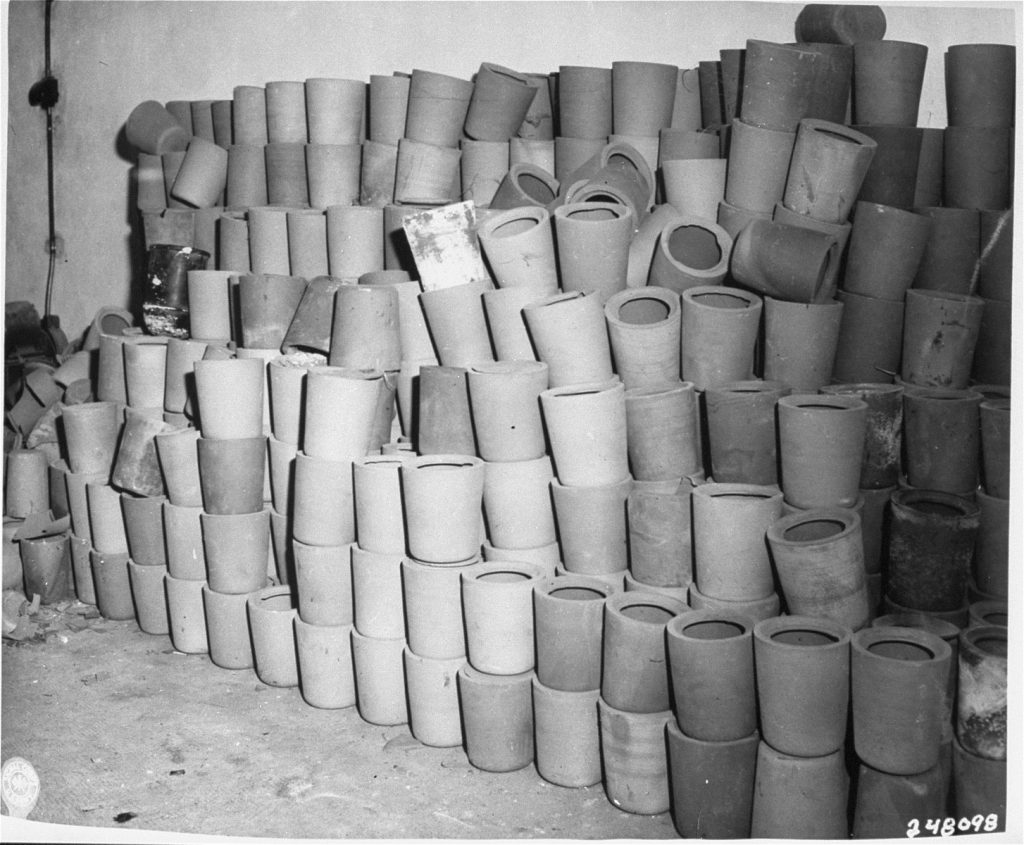Module 3: Religion & Culture
Targeted as Jews
During the Holocaust, both before and during the war, Jews became targets of persecution simply because they were Jewish. Hitler heavily promoted the idea that Jews were an inferior and dangerous race and were a threat German supremacy and well-being. Although the Jews in Germany were most directly affected before the Anschluss and World War II, Jews throughout Europe became directly affected following these events as Nazi Germany occupied much of Europe. Jews experienced legal limitations and were prohibited from various things and places. For example, they could not ride bicycles or on public transportation. The Nuremberg Race Laws stripped Jewish people of citizenship and banned them from having sexual relations with Germans. These laws also declared Jews as racially inferior to Aryan Germans. Throughout Eastern Europe, Jews were sealed into ghettos. There were many pogroms against Jewish businesses, places of worship, and property. Many were sent to concentration camps. Following the implementation of the Final Solution in 1942, Jews became the targets for mass extermination. The oral histories below describe some of the Jewish experiences during the war.
Oral History: Pinchas Gutter
In his testimony, Pinchas Gutter speaks about leaving Lodz and how his mother decided to cut off his payot and dress the family to look like regular poles. (0:00-1:30)
Pinchas Gutter’s Memoir
In the first passage from Memories in Focus, Pinchas Gutter explains what life was like in the Warsaw Ghetto as it began to be emptied following the deportations to Treblinka. He explains how his family hid with others in a bunker during so-called Aktionen. He also describes the last celebration of Passover in the bunker. In ‘Becoming a Man,’ Pinchas describes his Bar Mitzvah in Czestochowa, a work camp where prisoners worked in an iron smelting factory. Read this passage from his memoir to learn about the impact this religious act of resistance had on his survival.
Memories in Focus
Religious Humiliation
During the Holocaust, Jews were subject not only to violence and discrimination, but to acts of humiliation. These acts were meant to diminish the dignity of Jewish people, as well as to desecrate Jewish religion and culture. Some Jewish men, for example, were forced to remove their pants to show they were circumcised. Others were forced to cut off their payot. On several occasions, Jewish sacred items, such as Torah scrolls, were burned, destroyed, and desecrated. In the camps, Jews were tattooed and cremated upon death. Both of these, as you will see in the section on cremation below, violate halakhic (Jewish legal) prohibitions and further desecrated the Jewish people and religion. These and other acts of humiliation reinforced to the public the Nazis’ idea that Jews were an inferior people in every sense (racially, religiously, culturally, etc.). The oral histories below highlight some of these atrocities committed against the Jewish people, religion, and culture.
Oral History: Esther Burnstein
In this oral history, Esther Burstein speaks about the Nazis telling her grandfather to spit on the Torah scrolls in their synagogue and how when he refused, they ripped them up.
In this second clip, Esther Burstein describes how she snuck holy books into the ghetto.
Cremation

Oral History: Shimon Srebnik
Shimon Srebrnik speaks about the gas vans at the Chelmno death camp. He describes how Jews were gassed in these vans and how they were then cremated.

